The rainy season in the Philippines often means cooler days and a break from the summer heat. However, for those in construction, it also signals a shift in the way materials are moved from one place to another. During this season, deliveries need more careful timing, weather updates become part of the daily routine, and trucks face wet, slippery roads that can slow down the journey.
Moisture in the air and sudden bursts of heavy rain can affect certain construction materials, while others can handle the trip without a problem. Knowing which ones are fine to transport during wet weather and which ones need extra care makes a big difference in keeping a project on track. With the right preparation and protective measures, materials can arrive at the site in top condition, rain or shine.
In this article, we will explore the construction materials that are safe to transport during the rainy season, the ones that require extra protection, and practical tips to ensure smooth deliveries despite the weather.

Materials Most at Risk During Rainy Transport
The rainy season can be unforgiving to certain construction materials. Prolonged exposure to moisture not only damages their appearance but also weakens their structural integrity and performance. These materials are best transported with extra caution:
1. Timber
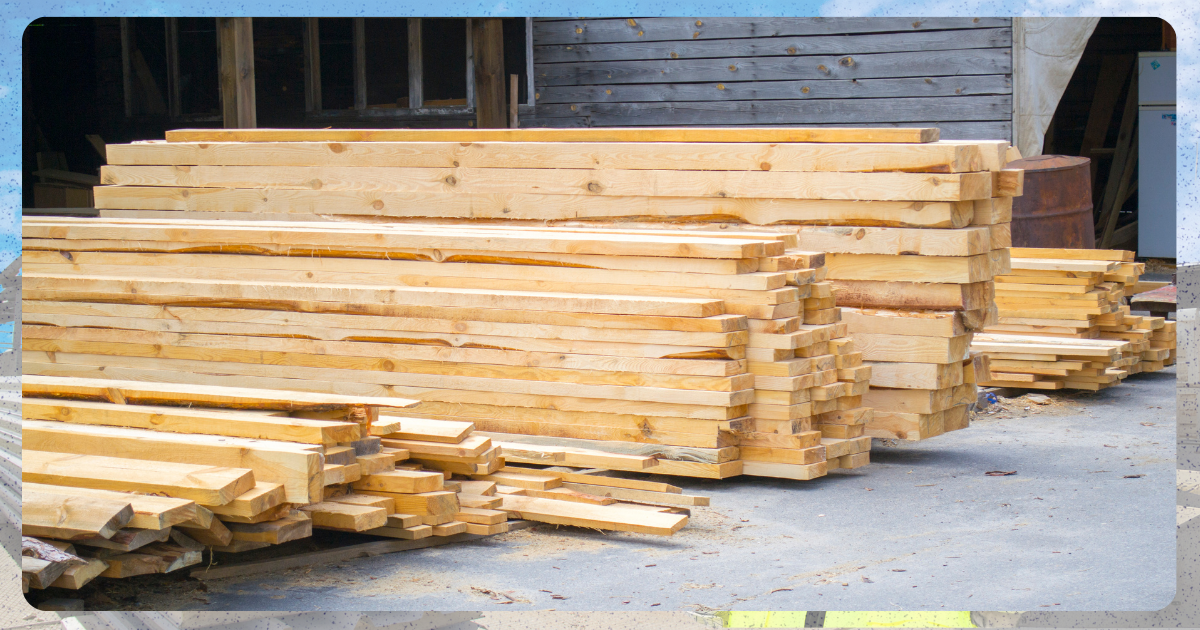
While widely used for framing, flooring, and decorative finishes, timber is highly sensitive to moisture. When exposed to rain, it can warp, swell, and eventually rot, compromising both its strength and appearance. Untreated wood is especially vulnerable, making protective coatings or wraps essential during transport.
2. Drywall
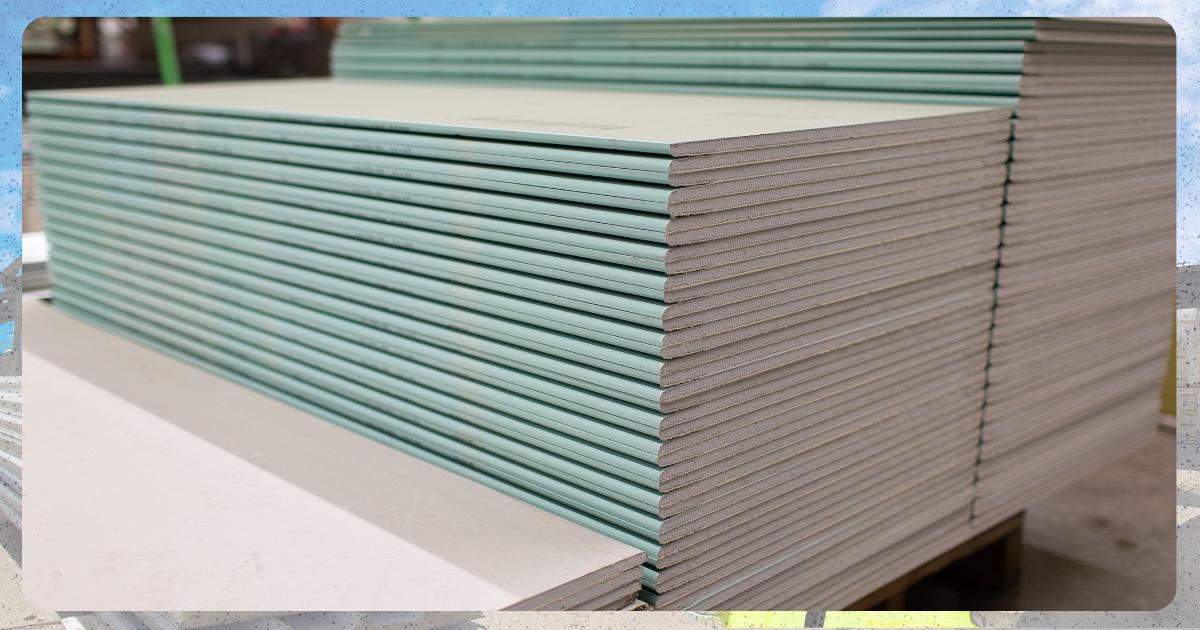
This lightweight wall material quickly absorbs water, causing it to soften, sag, and lose its load-bearing capacity. Once wet, drywall is difficult to salvage and may develop mold, posing both structural and health risks. Keeping it completely dry during transit is crucial to avoid costly replacements.
3. Insulation
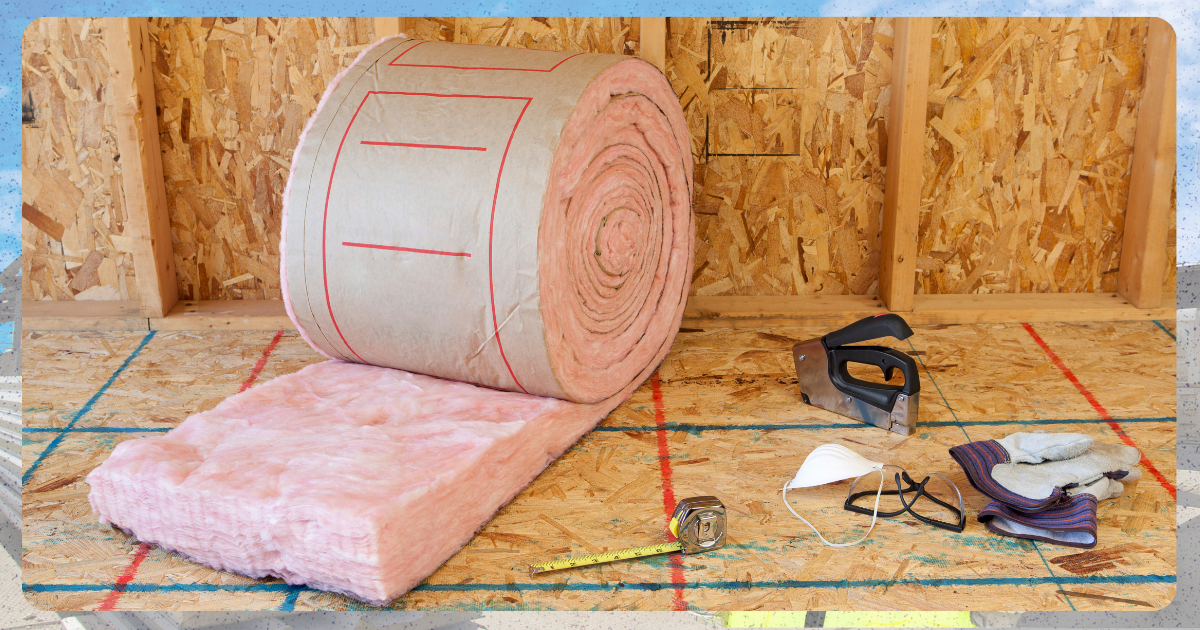
Materials like fiberglass, mineral wool, or foam insulation lose much of their thermal efficiency when soaked. Moisture can compress or clump the fibers, leaving gaps that reduce energy performance. Transporting insulation in sealed, moisture-resistant packaging helps prevent this damage.
4. Untreated steel
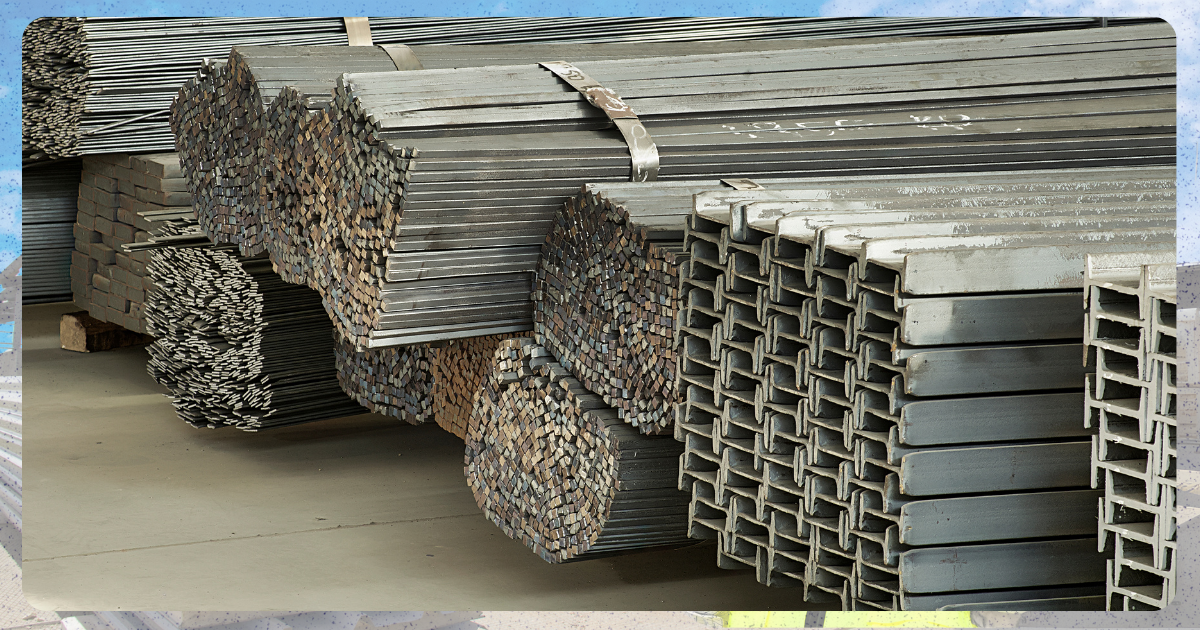
Strong and versatile, but highly vulnerable to rust if exposed to prolonged rain. Corrosion can weaken structural components and affect precise fabrication. Coatings, galvanization, or covered transport are essential to maintain quality.
5. Cement and masonry materials
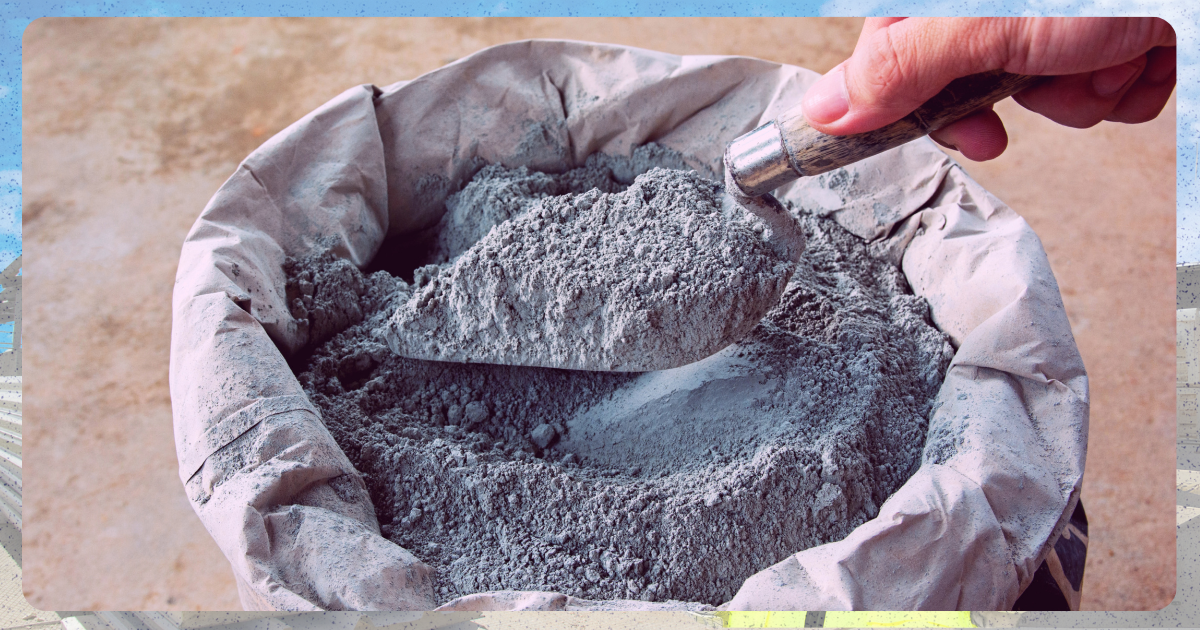
Cement, mortar, and similar products must stay dry before use. Rainwater can start the hydration process prematurely, leading to clumping, reduced bonding strength, and uneven curing. Even brief exposure to moisture during transit can render a batch unusable.
Materials Safer to Transport in the Rain
Some materials can better withstand rainy-season transport, especially when handled with basic protective measures. These options help reduce risks when urgent deliveries can’t wait for dry weather:
1. Corrosion-resistant metals
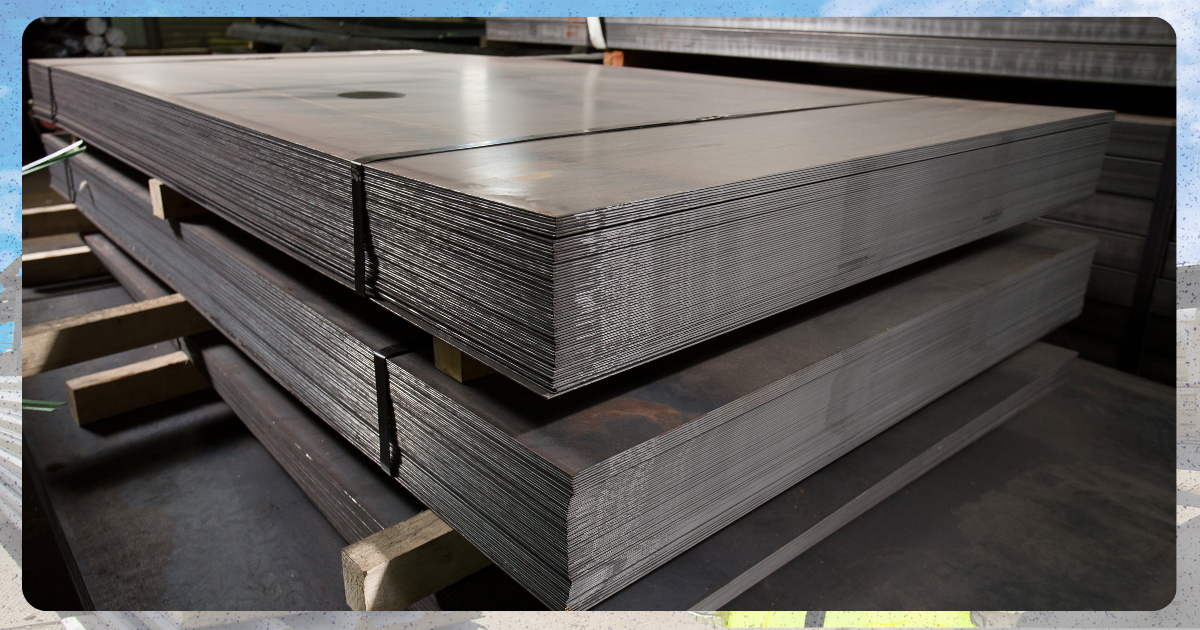
Materials like galvanized steel, stainless steel, or aluminum resist rust and perform well even in damp conditions. While still best kept dry, they can be transported in the rain with basic protective measures.
2. Pre-packed or plastic-covered goods
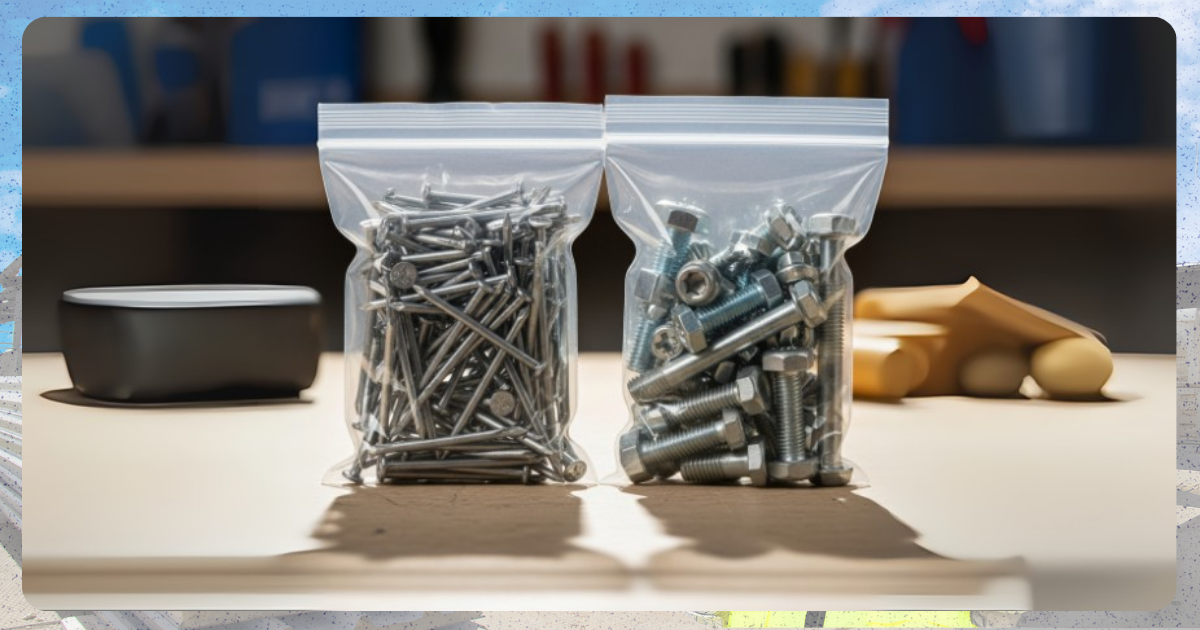
Items sealed in heavy-duty plastic or waterproof packaging, such as bagged aggregates or wrapped pallets, can travel safely through rain if seals remain intact.
3. Weather-treated wood or corrosion-resistant steel
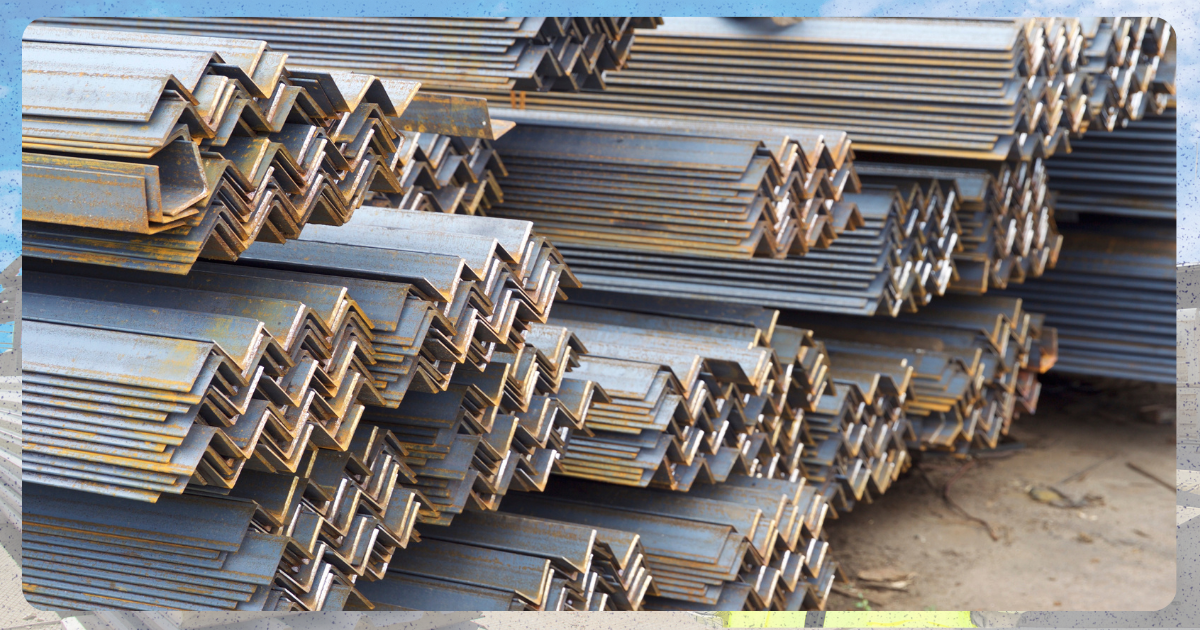
Lumber treated with preservatives or sealants can handle moisture better than untreated timber, though prolonged rain exposure should still be avoided.
Proper packaging and handling are still necessary for these materials. And it’s important to remember that even if they are considered “rain-safe” materials, they should still be moved quickly and stored under cover to maintain their best condition when it rains.
Best Practices to Protect Materials During Rainy Transport
Taking preventive steps can keep deliveries safe and schedules intact during the wet season. Combining smart timing with protective packaging ensures materials arrive ready for use. Here are some best practices:
- Plan around forecasts – Schedule deliveries during lighter rain or dry breaks whenever possible.
- Use water-resistant packaging – Shrink wrap, tarpaulins, and sealed containers keep moisture-sensitive materials safe.
- Prepare covered storage at the site – Having a roofed or climate-controlled area ready allows quick unloading without exposure.
- Maintain buffer stocks – Keeping extra supplies reduces the need for urgent deliveries in bad weather.
- Account for delays in contracts – Adding rainy-season flexibility prevents disputes and project slowdowns.
These practices should be standard in your project logistics—rain or shine. They not only safeguard materials but also protect project timelines, making sure construction work resumes smoothly once the weather improves.
Key Considerations When Choosing Storage and Transport Solutions
The right storage and transport setup can make rainy-season deliveries smoother and more secure. Durability, accessibility, and flexibility all play key roles.
- Durability – Storage facilities and transport units must withstand heavy rain, humidity, and wind.
- Accessibility – Materials should remain easy to retrieve even in poor weather conditions.
- Security – Lockable, tamper-proof storage keeps materials safe from theft or damage.
- Flexibility – Mobile or adjustable storage options allow quick adaptation to site changes and weather challenges.
Choosing solutions with these qualities ensures that construction materials are always ready for use, regardless of weather conditions.
Smart Planning Keeps Projects Moving Rain or Shine
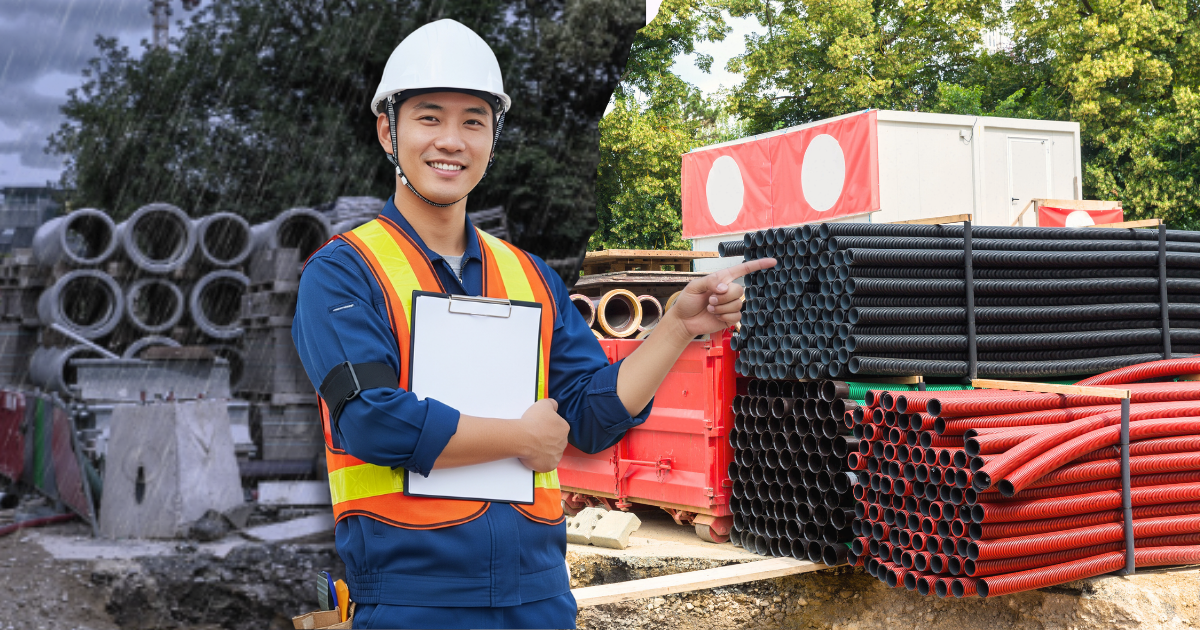
Transporting construction materials during the rainy season requires extra care for both the cargo and the journey. Identifying vulnerable materials, using proper protective measures, and working with reliable logistics providers are all essential for keeping projects moving forward without unnecessary delays.
Rainy days don’t have to mean slow progress—they just call for smarter strategies.
References
Britannia. (n.d.). CLIMATE CHANGE: SEVERE WEATHER AND ITS IMPACT ON SHIPPING RISKS. Britannia. https://britanniapandi.com/2025/01/climate-change-climate-change-severe-weather-and-its-impact-on-shipping-risks/
Cordulus. (2025, May 2). The impact of weather on construction costs: A deep dive of direct and indirect cost overruns. Cordulus. Retrieved August 8, 2025, from https://www.cordulus.com/blog/the-impact-of-weather-on-construction-costs
Friolo, C. J. (2024, November 6). Your Complete Guide to Cargo Shipping During the Rainy Season. Trans-Asia Shipping Lines. Retrieved August 8, 2025, from https://www.transasiashipping.com/your-complete-guide-to-cargo-shipping-during-the-rainy-season/
Mobile Storage Inc. (n.d.). Temporary Storage Helps Contractors Weather Seasonal Delays. Mobile Storage Inc. https://mobilestoragene.com/tips/seasonal-construction-delays/










